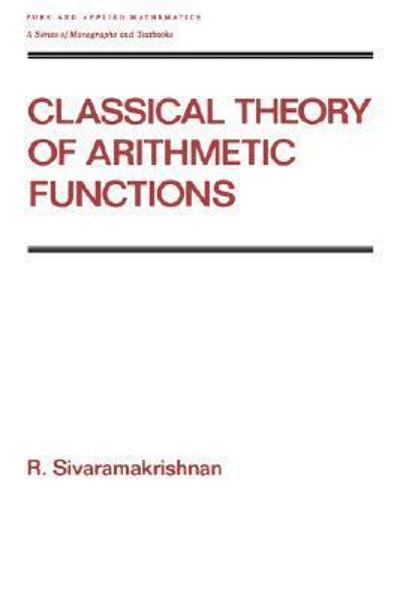

Please derive the following equations. I have provided the related equations. If you can't do please try your best.
You will be required to hand in 3 out of 9 exercises. Assignments have to be submitted via Moodle. Derive the following equations presented in the lecture on monopsony power in labor markets: uij = Blog w; + Eij if employed; w;: wage 1. The probability of worker i choosing firm j: lib = b + Gib if non-employed; b: benefit P (arg max{ uij, uib} = j) exp (B log wj) = AM exp(B log wj) exp b + EKEJM exp (B log Wk) 2. The labor demand of firm j: log IN = B + 1 B 4 ; B +1 ) + 7 [ log N + log / M ] log WM = B 1, 3+ 1 108 ( 4, B + 1) -B+ 1 (log N + 10g AM ] 3. The labor demand of firm j that paid below the minimum wage before the introduction of the minimum wage and that, conditional on not exiting the market in response to this policy change, pays the minimum wage after its introduction: WMW log [MW = - log ; - 108 WM 1; = NXP (arg max{uij, uib) = 1) = NAM exp(B log w;) Product Market Product market perfectly competitive; firms price takers, with inverse product demand function p = D(q) Firms are heterogeneous (differences in variable costs );) and produce output q, with decreasing returns to scale: 3 -log li 91 = 7 Firms choose employment by maximizing profits: MW firms maximise P logly - Www 1, - F It; = max y logly - wil; - F). where F: fixed costs 1; = max y, 10 Optimal labor choice: It follows from FOC: WMW logl, = -logy, + log (8 - ) - logw log MW = - log w/; - 10g WM Using (LS), optimal employment and wages under monopsonistic competition are: Compare with employment without MW: logly = $47 108 (5, B47)| + +7 [log N + log AM ] 0B + 1 log INW - log ly = log B WWW WM -108 pWM + 108 PM logWM = B4 108 ( BT ) - B4 1 (log N + 108 AM ] => log [MW > logly for all firms for whom the MW is binding, provided it is not too high.One type of labor, low skilled. Worker i's indirect utility in firm j: uij = Blogwj + eij if employed; wj: wage Wib = b + Gib if non-employed; b: benefit Idiosyncratic preferences: Eij, Gib, drawn from type I extreme value distribution. Workers choose firm that provides highest utility, so that exp (B log wj) P(arg max {uij, uib } = j ) = = AM exp (B log wj) KEJM exp b + EKEJM exp (B log Wk) IM: firms that enter market under monopsonistic competition AM : same in every firm










